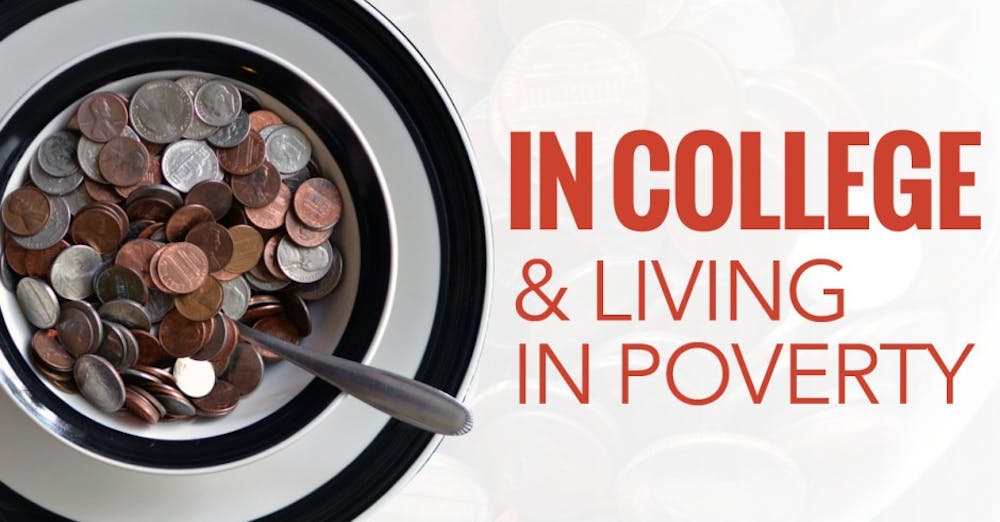Across the United States, an increasing number of college students face the harsh reality that they are food insecure. The United States Department of Agriculture defines food insecurity as inconsistent access to nutritional food due to a lack of money and other resources at times during the year, and until recently the issue has gone largely unnoticed. In 2014, students at Western Oregon University were used as the basis for a study that found 59 percent of the school’s students qualified as being food insecure during the year. Study author Daniel López-Cevallos, an associate director of research at Oregon State University, said in a press release that based on past research he expected to find some amount of food concerns amongst students, but it shocked him to find the issue was so severe.
Two years prior, a similar study was completed at the University of Hawaii at Manoa, where 21 percent of its students were found food insecure, with another 24 percent at risk. Researchers from both studies concluded that food insecurity is an issue of some prevalence, and something that colleges and universities across the nation need to evaluate and address.
While the definitive reason behind college students and food insecurity has not been studied in detail, experts speculate that the steady tuition increases combined with an influx of students from low-income families is playing a prominent role. In the last five years alone, the average rate of tuition and fees at a four-year public school has risen 17 percent, according to The College Board. The percent change does not take into account room and board, which can add roughly another $10,000 to a student’s yearly costs. In comparison, the average costs of tuition, fees, and room and board in four-year public institutions today have risen 150 percent since 1979-80.
The price of college, however, has done little to deter Millennials from pursuing higher education. Enrollment in degree-granting institutions increased by fifteen percent from 1992 to 2002 and another 24 percent the following decade, according to the National Center for Educational Statistics. In June, The Washington Post ran an article based on the Education Department’s latest findings on the Pell Grant program. The federal program, which provides eligible undergraduates with various amounts of financial aid per semester, reported that 75 percent of its 8.6 million recipients had no savings entering college. While the grant does not account for potential family retirement funds, more than half of the students eligible to receive a Pell Grant reported coming from households with income levels of less than $20,000 per year.
Financial advisor Mark Kantrowitz works with families of all income levels and said his goal is to make paying for the “universal good” of a college education easier for students. One option Mark proposed is to triple the amount of aid given to students by the Pell Grant, which has declined by more than 40 percent since the program’s creation in 1972.
“When you have a low-income, you don’t have the luxury of saving money, and so expectations that a low-income student is going to be able to work during the summer to provide a minimum student contribution is ridiculous,” Mark said. “If these students are working, they are working as the primary wage earner for their family. They don’t have the ability to work extra hours to save money for college, because they are struggling to survive just having the basic minimum living expenses. In fact, the formula is stacked against low-income students.”
To continue reading, visit BallBearingsMag.com





The Daily News welcomes thoughtful discussion on all of our stories, but please keep comments civil and on-topic. Read our full guidelines here.